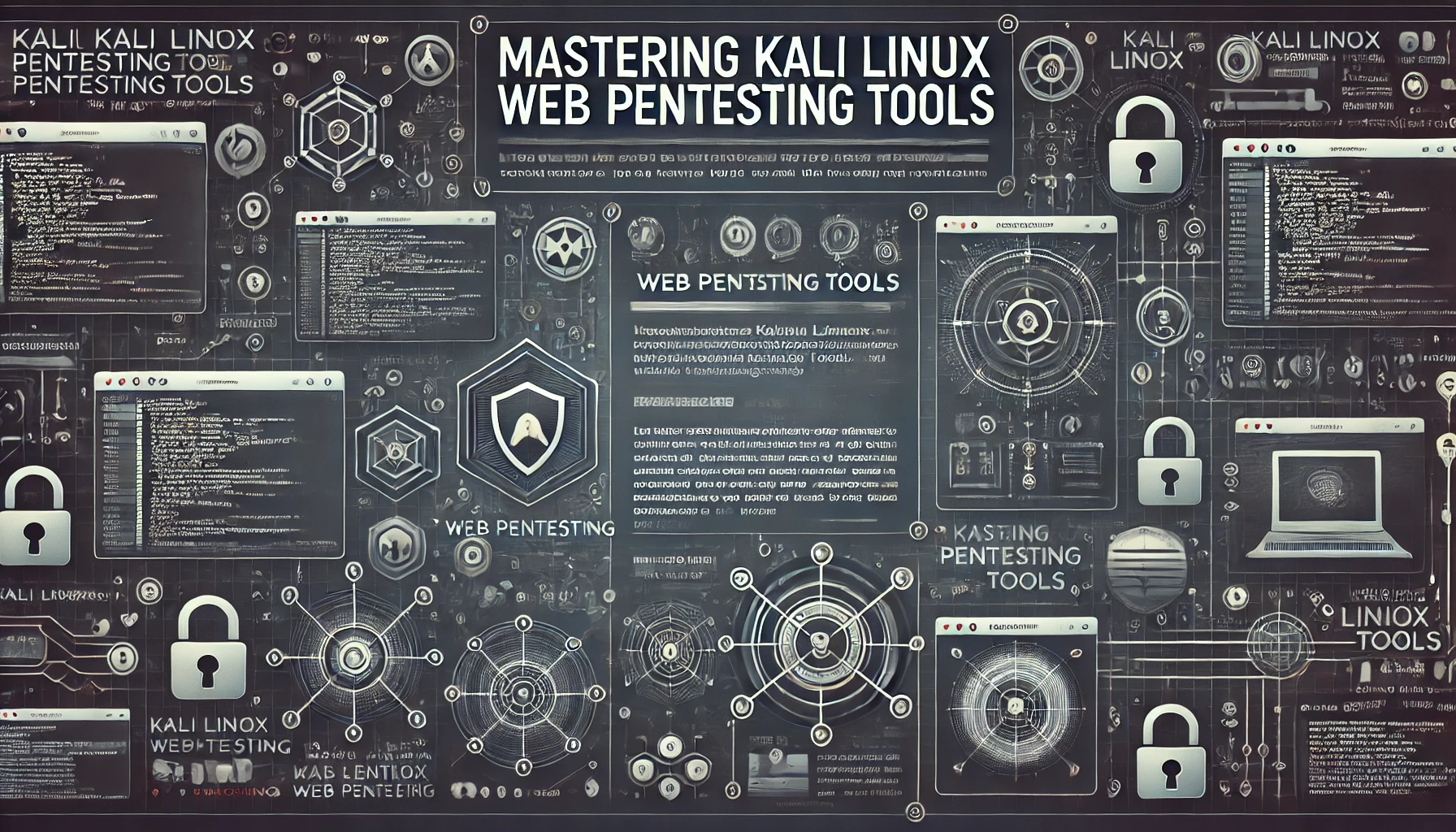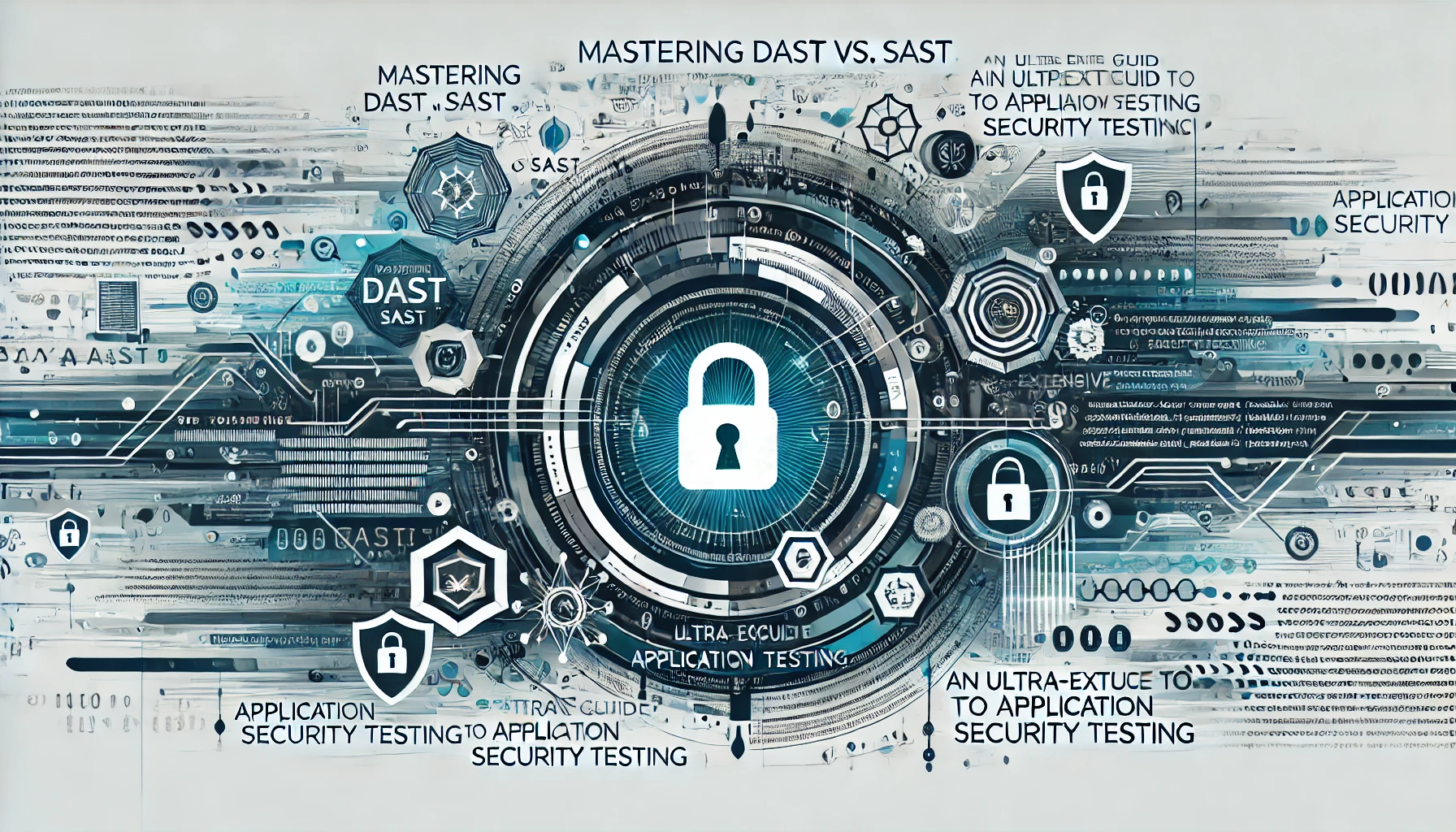
As organizations become more interconnected and reliant on external vendors, suppliers, and service providers, the potential risk associated with third-party relationships has risen significantly. A data breach, regulatory violation, or operational disruption in a third-party vendor’s environment can swiftly propagate through the supply chain, impacting business continuity, brand reputation, and regulatory compliance. Robust third-party risk management (TPRM) is essential for identifying, assessing, and mitigating these risks to ensure a secure and resilient supply chain.
This comprehensive guide delves deep into the fundamentals of third-party risk management, exploring frameworks, best practices, regulatory considerations, tools, and strategies to help organizations build a robust TPRM program. Whether you’re a risk officer, procurement specialist, security professional, or a compliance manager, this guide aims to enhance your understanding and implementation of effective third-party risk management.
1. Introduction to Third-Party Risk Management
1.1 Understanding the Growing Importance of TPRM
As organizations outsource critical functions, integrate SaaS solutions, and partner with suppliers worldwide, the risk exposure shifts beyond internal boundaries. A single compromised vendor can enable lateral movement into core networks, stolen intellectual property, or compliance violations.
1.2 Common Security Risks and Threats
- Data Breaches via Vendors: Unsecured APIs or misconfigured cloud buckets in a partner environment.
- Malicious Code Injections: Infected software components from upstream providers.
- Regulatory Non-Compliance: Vendors failing to meet compliance requirements cause legal exposure.
- Operational Disruptions: Failures at a critical supplier can halt production lines or customer services.
1.3 Objectives of a Comprehensive TPRM Program
- Risk Identification and Classification: Understand vendor risk tiers.
- Continual Oversight: Ongoing monitoring of vendor posture and performance.
- Resilience and Continuity: Ensure business operations are not crippled by vendor failures.
- Compliance and Assurance: Meet legal, regulatory, and internal policy mandates.
2. Fundamentals of Supply Chain Security and Risk Management
2.1 The Evolving Cyber Threat Landscape
- Advanced threat actors target weaker links (vendors, subcontractors).
- Globalized supply chains increase complexity and vulnerability.
2.2 CIA Triad in Supply Chains
- Confidentiality: Ensure vendors uphold data privacy.
- Integrity: Validate data and code from external parties.
- Availability: Guarantee vendor uptime and resource availability.
2.3 Principles of Zero Trust Applied to Third Parties
- “Never trust, always verify” extends to vendor connections.
- Limit vendor privileges, enforce segmentation, and apply continuous validation.
2.4 Strategic vs. Operational Risks
- Strategic Risk: Long-term vendor stability, financial health, geopolitical factors.
- Operational Risk: Day-to-day security configurations, patching, and incident response capabilities.
3. TPRM Frameworks and Standards
3.1 NIST Cyber Supply Chain Risk Management (C-SCRM)
- Provides guidelines for integrating risk management into supply chain activities.
- Recommends assessing supplier security, resilience, and trustworthiness.
3.2 ISO 27036 (Information Security for Supplier Relationships)
- Defines requirements and guidelines for managing information security in supplier relationships.
- Encourages establishing SLAs, security controls, and continuous monitoring.
3.3 Shared Assessments and SIG
- Standardized Information Gathering (SIG) questionnaire helps evaluate vendor controls.
- Shared Assessments provide industry-standard resources for consistent evaluations.
3.4 Industry-Specific Guidelines
- PCI DSS: Payment card data security in third-party processors.
- HIPAA: Protecting patient data in healthcare vendor contexts.
- GDPR: EU data protection requirements for data processors.
4. Developing a Third-Party Risk Management Program
4.1 Defining the TPRM Policy and Scope
- Establish policies for vendor selection, onboarding, and ongoing monitoring.
- Identify which vendors (critical vs. non-critical) fall under TPRM.
4.2 Roles and Responsibilities
- CISO/CSO: Sets strategic direction.
- Procurement: Incorporates security criteria in RFPs and contracts.
- Legal/Compliance: Ensures contractual and regulatory compliance.
- Security Analysts: Perform assessments, review audit reports.
- Internal Audit: Validates effectiveness of TPRM program.
4.3 Identifying In-Scope Vendors
- Catalog all third parties with system or data access.
- Prioritize based on data sensitivity, access levels, and business impact.
4.4 Integrating TPRM into the SDLC and Procurement
- Security must be a criterion early in vendor selection.
- Adopt “Secure-by-Design” and “Compliance-by-Design” philosophies.
5. Vendor Onboarding and Due Diligence
5.1 Conducting Vendor Risk Assessments
- Financial Stability Checks: Ensure vendor solvency and continuity.
- Security Questionnaires and SIGs: Evaluate security controls and policies.
- Compliance Reports (SOC 2, ISO 27001): Review external audits and certifications.
5.2 Contractual Controls and SLA Security Clauses
- Specify data protection, breach notification timelines, and remediation obligations.
- Include right-to-audit clauses and requirements for security testing.
5.3 Background Checks and Vendor Personnel Verification
- Verify vendor staff with access to sensitive data have undergone background checks.
- Ensure training and awareness programs at vendors.
5.4 Pre-Engagement Assessments
- Consider penetration testing and source code reviews for critical vendor solutions.
- Evaluate incident response capabilities and BCP/DR plans of vendors.
6. Risk Classification and Tiering
6.1 Defining Risk Criteria
- Data sensitivity (PII, financial data, IP).
- Network access level and integration complexity.
- Vendor criticality to business operations.
6.2 Risk Tiering Model
- High-Risk: Vendors handling sensitive data or critical infrastructure.
- Moderate-Risk: Vendors with limited access or less sensitive data.
- Low-Risk: Vendors with minimal or no access to critical systems.
6.3 Aligning Tiers with Assessment Frequency
- High-risk vendors: Annual or semi-annual assessments.
- Low-risk vendors: Biennial or as-needed reviews.
6.4 Communication and Documentation
- Document risk tiers in a central repository.
- Communicate risk ratings to stakeholders and procurement teams.
7. Assessing and Mitigating Third-Party Risks
7.1 Security Assessments and Penetration Tests
- Include external vendors in penetration testing scope.
- Request pentest reports or conduct joint tests where feasible.
7.2 Continuous Monitoring and Threat Intelligence
- Monitor vendor environments for emerging threats.
- Subscribe to threat intelligence feeds focusing on supply chain risks.
7.3 Reviewing Security Documentation (SOC Reports, Pentest Results)
- SOC 2 Type II reports for continuous control assurance.
- Evaluate remediation measures taken after findings.
7.4 Vulnerability Management and Patch Verification
- Ensure vendors have robust vulnerability scanning and patching procedures.
- Validate timely patch application by vendors.
7.5 Mitigation Strategies
- Transfer risk via cyber insurance.
- Diversify suppliers to reduce single points of failure.
- Implement compensating controls internally (e.g., network segmentation, MFA for vendor accounts).
8. Data Protection and Privacy Requirements
8.1 GDPR and Data Protection Impact Assessments (DPIAs)
- Require vendors to comply with GDPR if handling EU personal data.
- Mandate DPIAs for high-risk processing activities.
8.2 HIPAA Business Associate Agreements (BAAs)
- For healthcare data, ensure BAAs clearly define PHI handling.
- Vendors must follow HIPAA security and privacy rules.
8.3 CCPA and Global Privacy Regulations
- Assess vendor compliance with CCPA, LGPD, PDPA as applicable.
- Ensure vendors support data subject requests and data minimization.
8.4 Secure Data Transfer and Access Controls
- Use encrypted channels (TLS, SSH, SFTP) for data exchange.
- Enforce strict role-based access to vendor-facing APIs and dashboards.
9. Supply Chain Transparency and Traceability
9.1 Tracking Origin and Provenance of Components
- Map upstream software dependencies and hardware origins.
- Use SBOMs (Software Bill of Materials) for transparency.
9.2 IoT and Embedded Systems Security
- Validate firmware authenticity and integrity.
- Enforce secure boot and code signing for embedded devices.
9.3 Anti-Counterfeiting Measures
- Use tamper-evident packaging and track-and-trace solutions.
- Collaborate with vendors to detect counterfeit components.
9.4 Blockchain and Distributed Ledger Technologies
- Explore blockchain for immutable supply chain records.
- Enhance trust in data integrity and authenticity.
10. Cyber Threats in Third-Party Ecosystems
10.1 Ransomware and Supply Chain Attacks
- Recent high-profile attacks (e.g., Kaseya) show how ransomware spreads through vendors.
- Validate vendor incident response and backup strategies.
10.2 Insider Threats
- Vendors’ internal staff might pose a risk.
- Require vendor background checks and least privilege access.
10.3 Vendor Email Compromise
- Attackers compromise vendor emails to issue fraudulent invoices.
- Verify authenticity of payment requests and implement dual approvals.
10.4 Cloud and MSP Risks
- Managed Service Providers with broad access can be lucrative targets.
- Evaluate MSP security posture and monitor their activities closely.
11. Incident Response and Vendor Breach Handling
11.1 Incident Response Plans Including Third Parties
- Include vendor communication protocols in IR plans.
- Define escalation paths if vendor systems are compromised.
11.2 Communication Channels and Notification Timelines
- Contractually require vendors to report breaches within a specified timeframe.
- Maintain updated vendor contact lists for emergencies.
11.3 Legal Considerations
- Check contracts for breach notification obligations.
- Consult legal counsel for data breach notification requirements.
11.4 Forensic Analysis
- Coordinate with vendors for evidence collection.
- Validate vendor’s forensic integrity and chain-of-custody processes.
12. Compliance and Regulatory Considerations
12.1 PCI DSS Requirements for Service Providers
- Vendors touching cardholder data must comply with PCI DSS.
- Obtain PCI DSS AOC (Attestation of Compliance) from vendors.
12.2 HIPAA Compliance
- Ensure covered entities have signed BAAs.
- Vendors must implement HIPAA safeguards and policies.
12.3 SOX, FFIEC, and Financial Industry Regulations
- Financial organizations require vendor audits and controls.
- FFIEC guidelines for bank vendor management emphasize due diligence and ongoing monitoring.
12.4 Export Control, FISMA
- In government and defense sectors, verify vendor compliance with export controls or FISMA.
13. Continuous Monitoring and Metrics
13.1 KPIs and KRIs for TPRM
- Track the number of critical findings in vendor assessments.
- Measure average time to remediate vendor-related issues.
13.2 Security Ratings and Vendor Scoring Models
- Utilize security rating services (BitSight, SecurityScorecard).
- Weight vendor scores in risk-based decision making.
13.3 Automated Tools for Ongoing Monitoring
- Employ continuous monitoring tools that scan vendor networks and publicly exposed services.
- Watch for changes in vendor posture over time.
13.4 Reporting to Stakeholders and the Board
- Summarize TPRM metrics in executive dashboards.
- Demonstrate reduction in vendor-related risks over time.
14. Vendor Offboarding and Contract Termination
14.1 Secure Deprovisioning of Vendor Access
- Immediately revoke vendor accounts upon contract end.
- Ensure no lingering service accounts or SSH keys remain.
14.2 Data Return and Sanitization Requirements
- Contractually obligate vendors to return or securely destroy sensitive data.
- Validate destruction with certificates or audits.
14.3 Archival of Vendor Assessments and Documentation
- Retain records for compliance and future references.
- Useful for lessons learned and future vendor selections.
14.4 Lessons Learned for Future Vendor Selections
- Incorporate feedback from offboarding experiences into next procurement cycle.
- Update TPRM policies to reflect new insights.
15. Tools and Technologies for TPRM
15.1 Vendor Risk Management Platforms
- Solutions like OneTrust, Prevalent, ProcessUnity streamline assessments and monitoring.
- Provide centralized dashboards, workflows, and scoring.
15.2 GRC Tools
- Governance, Risk, and Compliance (GRC) platforms integrate TPRM with broader enterprise risk management.
15.3 Automated Questionnaire Management
- Streamline SIG distributions and analysis, reducing manual overhead.
15.4 Threat Intelligence Integrations
- Integrate TI feeds for supplier threat detection.
- Cross-reference vendor domains/IPs against threat intel databases.
16. Third-Party Risk in Cloud and DevOps Environments
16.1 SaaS Providers and API Integrations
- Evaluate API security and rate limiting.
- Verify data encryption and storage practices in SaaS vendors.
16.2 Container Supply Chain Security
- Scan base images for vulnerabilities.
- Enforce signed images and SBOM checks.
16.3 DevSecOps Practices
- Embed TPRM checks in CI/CD pipelines.
- Validate that code from third-party repositories is vetted and signed.
16.4 Code Repository and Dependency Scans
- Use tools like OWASP Dependency-Check or Snyk to detect vulnerable dependencies.
- Implement policies for approved libraries and components.
17. Case Studies and Real-World Examples
17.1 SolarWinds Supply Chain Attack
- Attackers compromised a vendor update, affecting thousands of customers.
- Lessons: Continuous vendor code vetting, anomaly detection in updates.
17.2 Target Data Breach via HVAC Vendor
- Attackers accessed Target’s network through a less secure HVAC contractor.
- Lessons: Segmentation, robust vendor access controls.
17.3 Financial Sector TPRM Success Stories
- Some banks achieved reduced incidents by rigorous vendor assessments and continuous monitoring.
17.4 Lessons Learned
- Holistic TPRM requires integrating people, processes, and technology.
- Regularly update and refine the TPRM framework.
18. Future Trends in Third-Party Risk Management
18.1 Zero Trust and Micro-Segmentation
- Apply zero trust principles to vendor access.
- Micro-segmentation ensures least privilege and minimal lateral movement.
18.2 AI-Powered Vendor Risk Scoring
- Machine learning to predict future vendor risks based on historical patterns.
- Automated anomaly detection for vendor behavior.
18.3 Secure Software Supply Chain Standards (SLSA, SBOM)
- Generating and verifying SBOMs to detect malicious components.
- Adopting SLSA framework for supply chain integrity.
18.4 Regulatory Evolution and Increasing Enforcement
- Stricter enforcement of data privacy and security laws.
- Governments issuing mandates for vendor assessments and reporting.
19. Conclusion
Effective third-party risk management is pivotal in a complex, interconnected digital economy. By systematically identifying, assessing, and mitigating risks posed by external vendors, organizations can protect sensitive data, maintain compliance, and ensure business resilience. The strategies outlined in this guide—ranging from robust due diligence and continuous monitoring to secure contracting and zero trust architectures—empower security leaders to navigate the evolving landscape of supply chain threats confidently.
20. Frequently Asked Questions (FAQs)
Q1: Is third-party risk management only about cybersecurity?
A1: TPRM encompasses cybersecurity, operational resilience, regulatory compliance, and financial stability. While security is a major focus, operational and strategic risks are equally important.
Q2: How often should I reassess high-risk vendors?
A2: Best practice involves assessing high-risk vendors at least annually or semi-annually. More frequent monitoring may be required if vendors handle extremely sensitive data.
Q3: What’s the role of contractual clauses in TPRM?
A3: Contracts define security expectations, liability, breach notification timelines, audit rights, and compliance requirements. They are foundational to enforcing vendor accountability.
Q4: Can automation fully replace manual assessments?
A4: Automation streamlines data gathering and monitoring, but human judgment remains essential for interpreting results, handling complex scenarios, and making informed risk decisions.
Q5: How does zero trust apply to third-party risk?
A5: Zero trust limits vendor access to the bare minimum needed, enforces continuous authentication, and reduces the damage if a vendor is compromised.
21. References and Further Reading
- NIST Cyber Supply Chain Risk Management: https://csrc.nist.gov/projects/cyber-supply-chain-risk-management
- ISO/IEC 27036: https://www.iso.org/standard/59648.html
- OWASP Supplier Assessment Resources: https://owasp.org/
- Shared Assessments & SIG: https://sharedassessments.org/
- ENISA Supply Chain Attacks Report: https://www.enisa.europa.eu/topics/threat-risk-management/supply-chain-security
- PCI SSC Guidance on Third-Party Security: https://www.pcisecuritystandards.org/
- FIDO Alliance & Supply Chain Integrations: https://fidoalliance.org/
- Cloud Provider Vendor Security Docs (AWS, Azure, GCP): Official sites
Stay Connected with Secure Debug
Need expert advice or support from Secure Debug’s cybersecurity consulting and services? We’re here to help. For inquiries, assistance, or to learn more about our offerings, please visit our Contact Us page. Your security is our priority.
Join our professional network on LinkedIn to stay updated with the latest news, insights, and updates from Secure Debug. Follow us here







